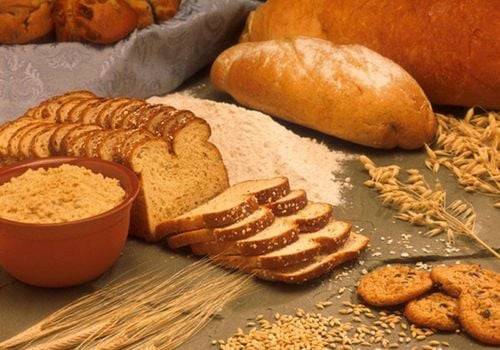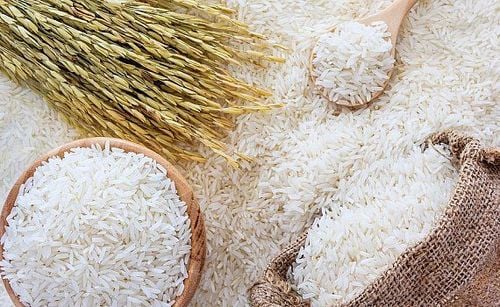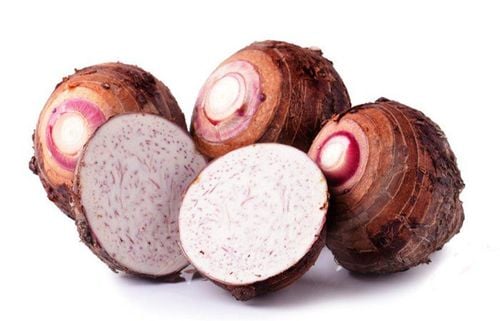This is an automatically translated article.
Resistant starch is not digested through the small intestine and it has similar properties to soluble fiber. Several human studies have shown this starch to have health benefits.
1. What is resistant starch?
Resistant starch or resistant starch (RS) is a form of starch that cannot be digested in the small intestine. Therefore, it is classified as a type of fiber, and resistant starch will provide about 2 kcal/gram. Resistant starch passes through the small intestine intact and is then fermented in the large intestine, producing short-chain fatty acids (SCFAs) that act as an energy source for colon cells. Foods that increase the amount of SCFAs in the colon are thought to benefit health by helping to prevent the growth of abnormal cells in the gut.
Natural resistant starch commonly found in a number of foods such as bananas, potatoes, cereals, beans and seeds that are commercially manufactured or modified and incorporated into some food products.
2. Classification of resistant starch
Currently, there are five different types of resistant starch:
Resistant starch 1: is a starch inaccessible to digestive enzymes due to physical barriers formed by the cell wall and protein matrix and has in bread ingredients, nuts and beans. Resistant starch 2: starches are protected from digestion due to their crystalline structure. Found in potatoes (higher amounts in raw than cooked), bananas (higher amounts in unripe fruit). Resistant Starch 3: Re-graded starch formed when starchy foods (eg potatoes, pasta) are cooked then allowed to cool. Resistant Starch 4: Chemically modified starch formed by cross-linking, etherification or esterification. Present in foods containing modified starches such as some breads and cakes. Resistant starch 5: two different components have been proposed, either RS5 or amylose-lipid complex, either formed during processing or artificially created; or resistant maltodextrin treated to purposefully rearrange the starch molecules.
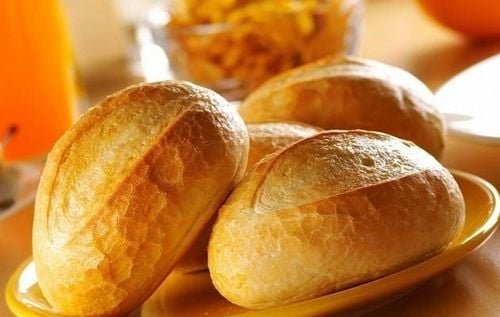
Bánh mì là thực phẩm chứa nhiều tinh bột
3. Relation of resistant starch and health
3.1. Resistant Starch and Gut Health Resistant starch has been shown to increase SCFA production in the gut and also to modulate the composition of the gut microbiota, but there appears to be considerable variation between individuals. The possible response and health implications of these changes remain to be elucidated. There is some evidence that resistant starch may counteract the adverse effects of high red meat intake on colorectal cancer risk.
3.2. Resistant starches and glucose metabolism There is good evidence that the postprandial glycemic response to resistant starch is reduced compared with digestible carbohydrates. As a result, there is an approved health claim in the EU stating that baked goods containing at least 14% resistant starch in place of digestible starch lower postprandial blood sugar. There may be a synergy between resistant starch and other types of fiber in reducing the glycemic response.
3.3. Starch resistance and appetite Fullness describes the reduction in hunger during meals and increased satiety leading to inhibition of overeating, and satiety describes the extent to which appetite is suppressed between meals. Many factors influence food intake including environmental cues - such as portion size; sensory cues, such as appetite; cognitive factors - such as previous experience with certain foods; and metabolic signals between the gut and brain, involving stretch receptors in the stomach and gut hormones. In contrast, ghrelin is known as the 'hunger hormone', which increases food intake, is released in the fasted state and is inhibited after a meal. The inclusion of foods or ingredients in the diet to reduce hunger and promote satiety has the potential to prevent weight gain or even aid weight loss (if the result is a low overall calorie intake). more), as hunger is considered a barrier to the success of diets designed for weight loss.
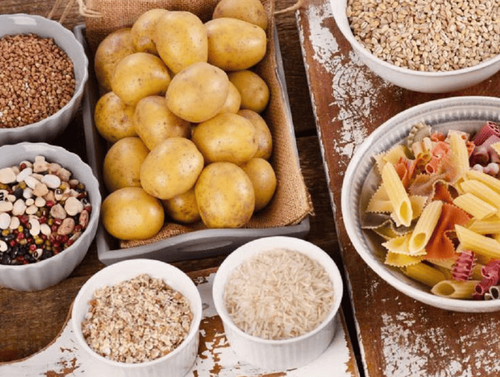
Tinh bột có vai trò quan trong trong điều chỉnh thành phần của hệ vi sinh vật đường ruột
3.4. Fiber, satiety, and body weight There is some evidence that fiber may enhance satiety, with suggested mechanisms including increased gastric tension, decreased gastric emptying rate, and decreased gastric emptying. stomach and regulate the production of intestinal hormones because certain types of fiber form a gel in the stomach. One systematic review reported that in 43% of a high- and low-fiber control comparison, fiber consumption reduced appetite by at least 10%, and a subsequent systematic review also reported the same results. Results were similar, with 39% of the high-fiber treatments significantly reducing cravings compared with the low-fiber treatments. Overall, these two reviews found that about 60% of the studies demonstrated that fiber did not significantly affect appetite. These same assessments, respectively, indicated that 54% and 22% of fiber interventions reduced subsequent energy intake in acute conditions compared with controls. The health problems associated with dietary fiber and its effect on satiety, weight management and fat absorption have been rejected on the grounds that dietary fiber does not have sufficient characteristics related to the effect is required.
There is some evidence that resistant starch can reduce appetite and food intake in the short term. Potential mechanisms include increased release of satiety-promoting intestinal hormones, stimulated by SCFAs. However, there is little evidence that resistant starch can actually reduce body weight in humans.
Customers have any questions about nutrition, you can leave them in the ASK DOCTOR VINMEC section on the website. Questions will be consulted by the doctor and sent to you as soon as possible.
Please dial HOTLINE for more information or register for an appointment HERE. Download MyVinmec app to make appointments faster and to manage your bookings easily.
The article is referenced at the source: nutrition.org.uk





